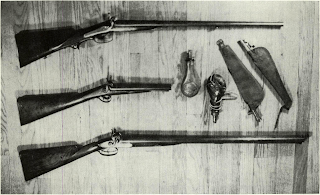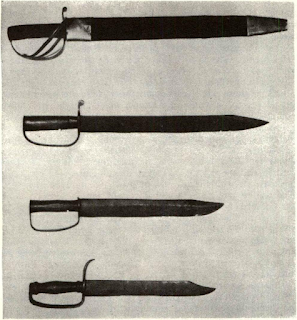Perhaps one of the most authoritative opinions of
During the six weeks I was attached to the Ordnance Department (as a brevet second lieutenant) I learned some facts which it were well for the North to know. Since reaching
In answer to this enquiry let me say: The immense supply
Very early in the Rebellion an extensive establishment for
Many of these guns were defective and even dangerous.
But the finest cannon have been received from England.
As to small arms, the energies of the South have been more
improved and issued to the troops. Many of the regiments
When recovering from sickness at Nashville I spent hours of
In short, at the beginning of the year , there was
. . . the largest supply of small arms comes from England
The imported guns are principally Enfield, Minie, and
During the six weeks I was attached to the Ordnance Department (as a brevet second lieutenant) I learned some facts which it were well for the North to know. Since reaching
In answer to this enquiry let me say: The immense supply
Very early in the Rebellion an extensive establishment for
Many of these guns were defective and even dangerous.
But the finest cannon have been received from England.
As to small arms, the energies of the South have been more
improved and issued to the troops. Many of the regiments
When recovering from sickness at Nashville I spent hours of
In short, at the beginning of the year , there was
. . . the largest supply of small arms comes from England
The imported guns are principally Enfield, Minie, and


Comments
Post a Comment